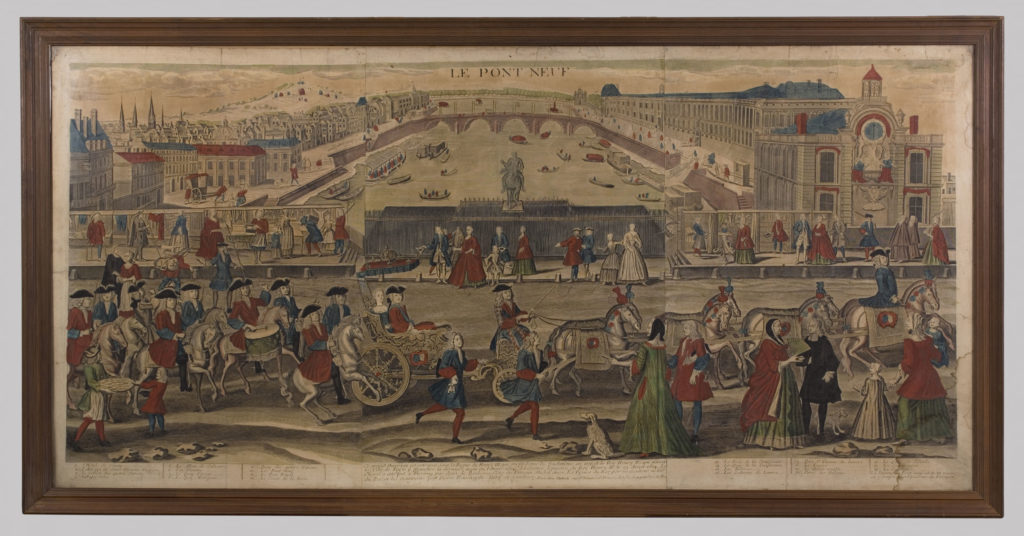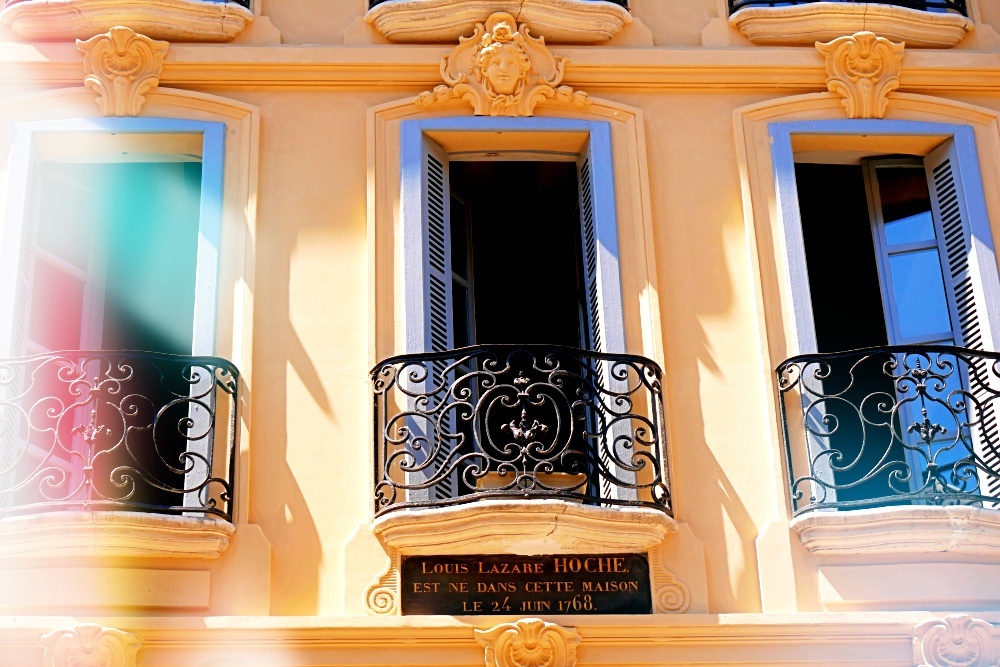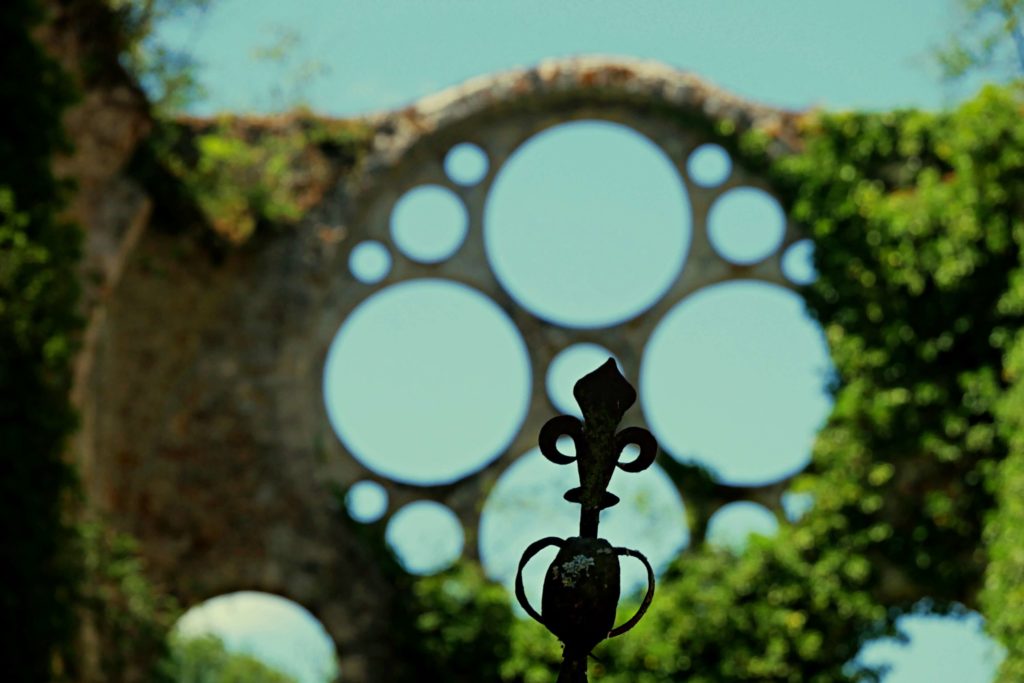Often called the Sistine Chapel of cave art, the Grotte de Lascaux, or Lascoux Cave, is one of very few places in the world you can come face to face with prehistoric paintings. It is located in the gorgeous Vézère Valley in the Dordogne department in France. For thousands of years it was occupied by paleolithic hunter-gatherers, until the end of the Ice Age. The cave, and the valley in which it rests, are a window into the soul of the prehistoric people who lived there.
Using minerals such as red and yellow ochre, charcoal and magnesium, these paleolithic artists painted (only one) stylised human figure, geometric forms, animals, arrows and traps. Easily recognisable are drawings of reindeers, the now extinct aurochs, and mammoths.

The most extraordinary art work is found in the Hall of Bulls, named for the four large black aurochs (bulls) on the cave walls, who all appear to be in motion. The largest of these bulls is over five metres high, the biggest ever found. Amongst the bulls are over 30 horses and stags, and one bear (the only one to be found in the cave).
discovery of the lascaux cave

The cave was unexpectedly discovered in 1940 by a group of French teenagers from Montignac. There are a number of different stories as to how the boys actually came across the cave – they were looking for their dog called Robot who fell down a hole; they were kicking a ball around which disappeared into a cave; they were looking for a secret tunnel rumoured to lead to hidden treasure. Marcel Ravidat was the first to descend into the cave and was astounded at the multitude of images which surrounded him. After the teenagers tried to make some money by charging admission for their friends to see the wonders of the cave, the local school master, Leon Laval, was informed of the discovery. He was convinced the paintings were authentic and extremely old.
The news of the amazing discovery spread rapidly. Soon the local family who owned the land were selling tickets for daily tours of the cave. Unfortunately for the Lascoux cave, the exposure to humans and carbon dioxide meant the images on the walls started to deteriorate quickly. In 1963 the site was closed to the public.
All was not lost, however, to lovers of prehistoric paintings. An exact replica of the Lascaux cave was made and dug into the ground only 200 metres from the original, painstakingly recreated using the same minerals and techniques as the prehistoric artists. Visitors can walk through this dark cave surrounded by mystical hunters and animal and completely forget it is not the real thing.
magic, art, religion
So what do we actually know about these images? We know they were painted over a long period of time, by successive generations. The oldest paintings have been dated to around 17,000 years ago; they ceased around 10,000 years ago when there was a change from a hunter-gatherer to an agricultural society.
Related post: The mysterious stones of Carnac, to read more about neolithic societies in ancient France.
As to why these talented artists painted the scenes on the cave wall, we can only guess, as we do with most of the artefacts from the prehistoric era. Clearly, the paleolithic people believed in religion, art and magic, they crafted images on the walls of hunting rituals, of men with the heads of birds, horses with unicorn like horns. Some of the paintings may even be a very early map of the constellations in the skies, matching some of our own observations of today like that of the bull Taurus.
VISIT THE CAVE
Lascaux II, the replica of the cave, opened in 1983. It is located in the delightful town of Montignac, in the Dordogne.region. The link is here: Lascaux II- the most visited cave paintings in the world
A new way to experience the Lascaux cave officially opened in 2016. The International Centre for Parietal Art offers a larger and more accurate representation of the cave, using both physical replicas and digital technology. It is also located in Montignac. The link is here: Lascaux IV – Centre International de l’Art Pariétal
For a guided tour of the cave you can take from the comfort of your couch, the link is here – Lascaux
In the Vézère Valley where the cave of Lascaux is found, there are approximately 30 decorated caves with rock sculptures and colourful murals, from a similar era. The main ones can be also be visited and the link is here Visit the Dordogne – prehistoric caves






